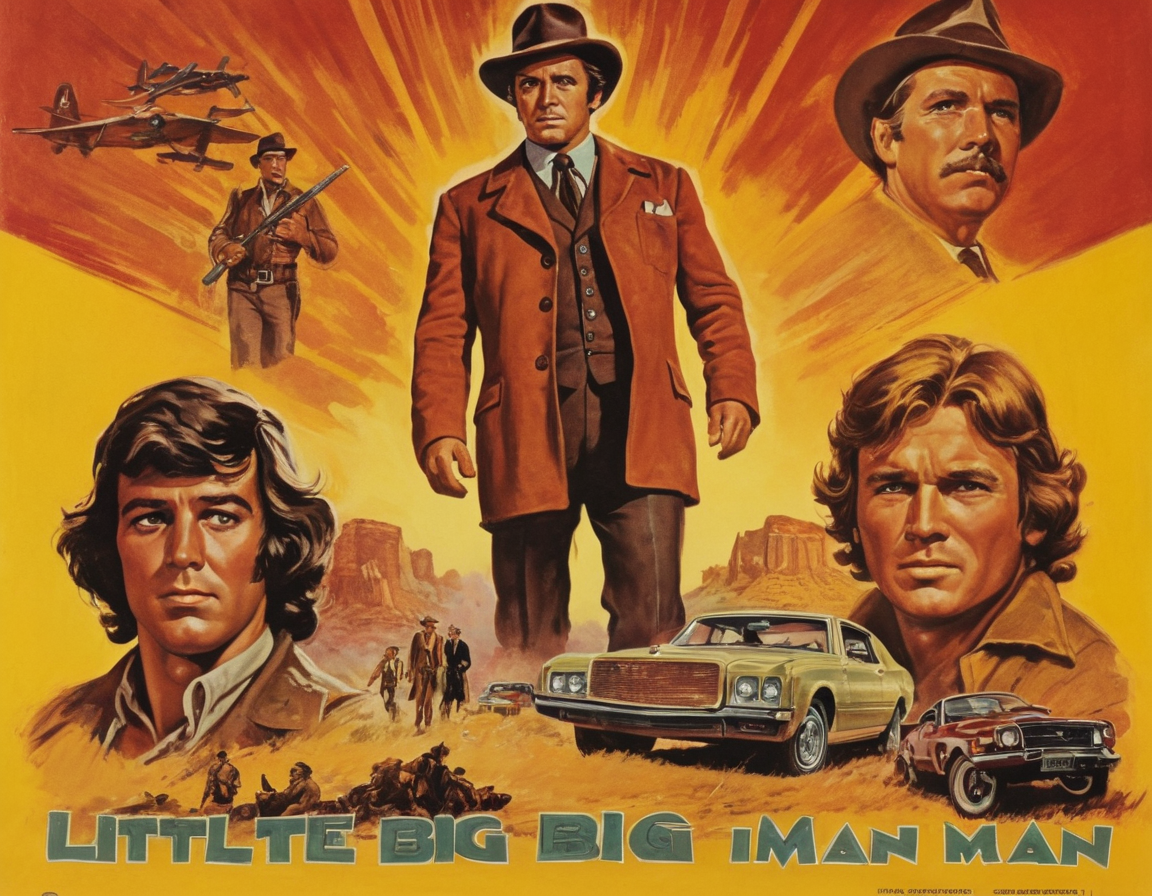Unraveling the Many Faces of ‘Little Big Man’: A Look Beyond The Legend
Unraveling the Many Faces of ‘Little Big Man’: A Look Beyond The Legend
Little Big Man has been a moniker that has intrigued many over the years, transcending its origins to become a term rich with connotations and history. But who or what exactly is Little Big Man, and why does this term pique the curiosity of scholars and popular culture enthusiasts alike? Join us as we explore the various incarnations of Little Big Man, from its historical roots to its modern-day references.
A Tale of Legend and History: The Original Little Big Man
The earliest known reference to Little Big Man pertains to a noteworthy character from Native American history. Involved in the pivotal events at the Battle of the Little Bighorn, this Oglala Lakota warrior has become emblematic of the complex and often turbulent Native American history. His involvement in the battle and later life story can teach us much about the period and the perspectives of those who lived during those times.
From Historical Figure to Hollywood: The Cinematic Little Big Man
Most popularly, Little Big Man refers to the 1970 film directed by Arthur Penn, based on the novel by Thomas Berger. The film, a landmark in the Western genre, presents a satirical account of American history and the Wild West through the eyes of a 121-year-old white man raised by Native Americans. A powerful commentary on race, identity, and the mythologizing of American history, the film continues to resonate with audiences today.
Little Big Man in Literature: The Novel That Started a Phenomenon
Before it was a movie, Little Big Man was a novel that captivated readers with its fresh perspective on Western narratives. Thomas Berger’s 1964 book introduced the character of Jack Crabb and provided a counter-narrative to the typical hero’s tale. The story’s portrayal of Native American life and critique of American imperialism are notable for their depth and complexity.
Interpreting the Little Big Man: A Symbolic Analysis
Beyond its historical and entertainment value, the concept of Little Big Man serves as a symbol ripe for interpretation. It represents duality – small in stature but big in spirit; dismissible but significant. It challenges the idea of a monolithic history or identity and opens up the possibilities for multi-layered significance in both personal and collective narratives.
Conclusion
In our expedition through time, literature, and cinema, the essence of Little Big Man emerges not merely as a fixed term but as a dynamic symbol reflecting broad and varied meanings. As we close this chapter, we invite you to ponder the Little Big Man in your own context and leave your thoughts in the comments below. What does the term evoke for you? How does it resonate with your understanding of history, society, and identity?






